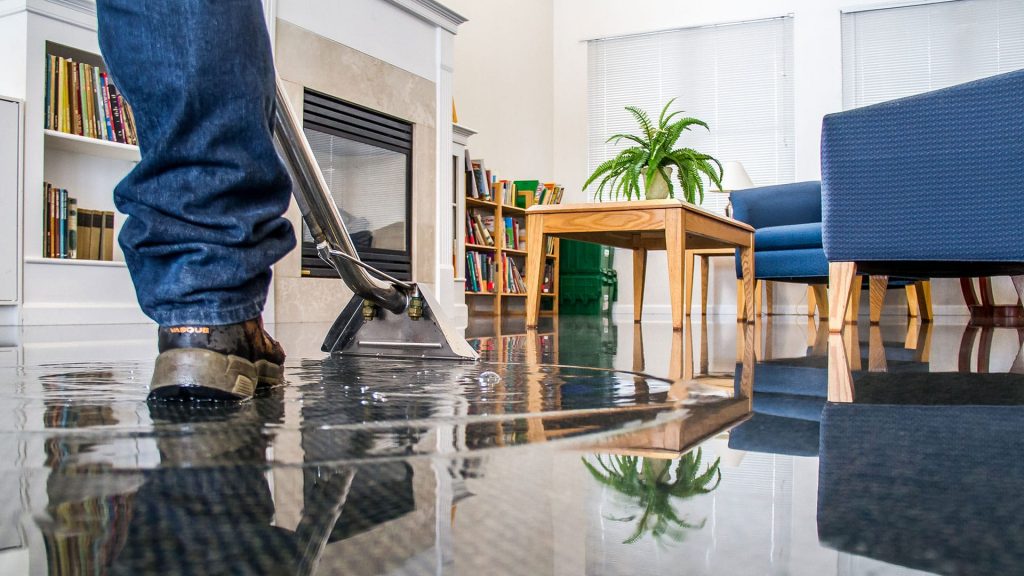Floods are one of the most devastating natural disasters, capable of causing extensive damage to homes and businesses. Whether it’s due to heavy rainfall, hurricanes, or burst pipes, water intrusion can wreak havoc on your property. Effective Flood repair is crucial to restore your space and prevent long-term issues like mold and structural instability. This guide explores everything you need to know about flood repair, from assessment to prevention.

Understanding the Impact of Flood Damage
Flood damage isn’t just about waterlogged carpets or ruined furniture. It can affect:
- Structural Integrity: Water can weaken foundations, walls, and floors, making them unsafe.
- Electrical Systems: Floodwaters can damage wiring and appliances, posing fire hazards.
- Mold Growth: Within 24-48 hours, moisture can lead to mold, which poses health risks.
- Personal Belongings: Sentimental and valuable items may be irreparably damaged.
Understanding these impacts is the first step toward effective flood repair.
Steps in Flood Repair
1. Ensure Safety First
Before starting repairs, ensure the property is safe to enter. Turn off electricity and gas to avoid hazards. Wear protective gear like gloves, masks, and boots when inspecting the site.
2. Assess the Damage
A thorough inspection is essential. Identify areas with structural damage, water pooling, or mold growth. Document the damage with photos and notes for insurance purposes.
3. Water Extraction
Removing standing water is critical. Use pumps and wet/dry vacuums for efficient water removal. For severe flooding, professional services may be necessary.
4. Drying and Dehumidification
Drying the property is a key step in flood repair. Open windows, use fans, and invest in industrial dehumidifiers to eliminate moisture. Proper drying helps prevent mold growth.
5. Cleaning and Sanitizing
Floodwaters often contain contaminants. Use disinfectants to clean affected surfaces. Discard porous materials like carpets and drywall if they are heavily saturated.
6. Repairing Structural Damage
Once the area is clean and dry, begin repairing structural elements. Replace damaged drywall, flooring, and insulation. Reinforce compromised beams and foundations.
7. Restoring Electrical and Plumbing Systems
Hire licensed professionals to inspect and repair electrical wiring, outlets, and plumbing systems. Ensure everything is up to code for safety.
8. Repainting and Final Touches
After repairs, repaint walls and ceilings. Consider mold-resistant paint for added protection. Replace damaged fixtures and furniture to restore the property’s appearance.
Professional Flood Repair Services
While some repairs can be DIY, extensive damage often requires professional help. Hiring a flood repair specialist ensures:
- Accurate damage assessment
- Efficient water extraction and drying
- Proper mold remediation
- Structural and system repairs done to code
Look for licensed, insured professionals with positive reviews and experience in flood damage restoration.
Preventing Future Flood Damage
Flood repair isn’t just about fixing the damage—it’s also about preventing it from happening again. Here are steps to safeguard your property:
- Install a Sump Pump: A sump pump can prevent basement flooding by removing excess water.
- Seal Cracks and Gaps: Inspect and seal any cracks in your foundation and walls.
- Elevate Electrical Systems: Keep electrical outlets and appliances above potential flood levels.
- Improve Drainage: Ensure gutters and downspouts direct water away from your home.
- Landscape Strategically: Use sloped landscaping to divert water away from your property.
- Invest in Flood Insurance: Protect yourself financially by securing comprehensive flood insurance.
Mold Remediation After Flood Repair
Mold is a common issue after floods. To address it:
- Remove and discard mold-infested materials.
- Clean surfaces with mold-killing solutions.
- Use air purifiers and dehumidifiers to maintain low indoor humidity levels.
- Monitor for recurring mold and address it promptly.
How to Choose the Right Flood Repair Company
Selecting the right flood repair company is crucial for quality results. Consider these factors:
- Experience: Look for companies with extensive experience in flood damage restoration.
- Certifications: Verify certifications from organizations like the IICRC (Institute of Inspection, Cleaning, and Restoration Certification).
- Emergency Services: Choose a company that offers 24/7 emergency response.
- Customer Reviews: Read testimonials and reviews to gauge customer satisfaction.
- Insurance Assistance: Opt for companies that assist with insurance claims to ease the process.
FAQs About Flood Repair
Q: How soon should flood repair start after water damage? A: Begin flood repair as soon as it’s safe to enter the property. Prompt action minimizes damage and prevents mold growth.
Q: Can I handle flood repair on my own? A: Minor issues can be DIY, but extensive damage often requires professional expertise.
Q: How much does flood repair cost? A: Costs vary depending on the extent of damage. On average, flood repair can range from $2,000 to $50,000 or more.
Q: Does homeowners insurance cover flood repair? A: Standard policies often don’t cover flood damage. Separate flood insurance is typically needed.
Q: How can I prevent mold after a flood? A: Dry the area thoroughly, use dehumidifiers, and address moisture issues promptly.
Flood repair is a comprehensive process that requires prompt action, proper techniques, and sometimes professional intervention. By addressing the damage effectively and taking preventive measures, you can restore your property and protect it from future floods. If you’re facing flood damage, act quickly and consider hiring experienced flood repair specialists to ensure your home or business is restored safely and efficiently. Click here